
Explore Malaysia, a country where skyscrapers stand still with ancient temples, vibrant rainforests and stunning islands. This destination offers a blend of local and foreign cultures, history and adventure. Let the breathtaking views, fusion cuisine and unmatched hospitality, make your trip to Malaysia an unforgettable experience.
Malaysia is truly a gem, packed with a wide variety of experiences. The country is divided into two regions: Peninsular Malaysia and East Malaysia, both home to rich cultural diversity and unique natural attractions. Whether you’re seeking outdoor adventures, culinary delights or cultural experiences, Malaysia has something for everyone.
Located in Southeast Asia, Malaysia is a melting pot of cultures with influences from Malay, Chinese, and Indian traditions. The capital city, Kuala Lumpur is famous for its modern outlook, magnificent skyline and the Twin Towers. East Malaysia is home to some of the oldest rainforests on earth, providing sanctuary to endangered species like orangutans and pygmy elephants.
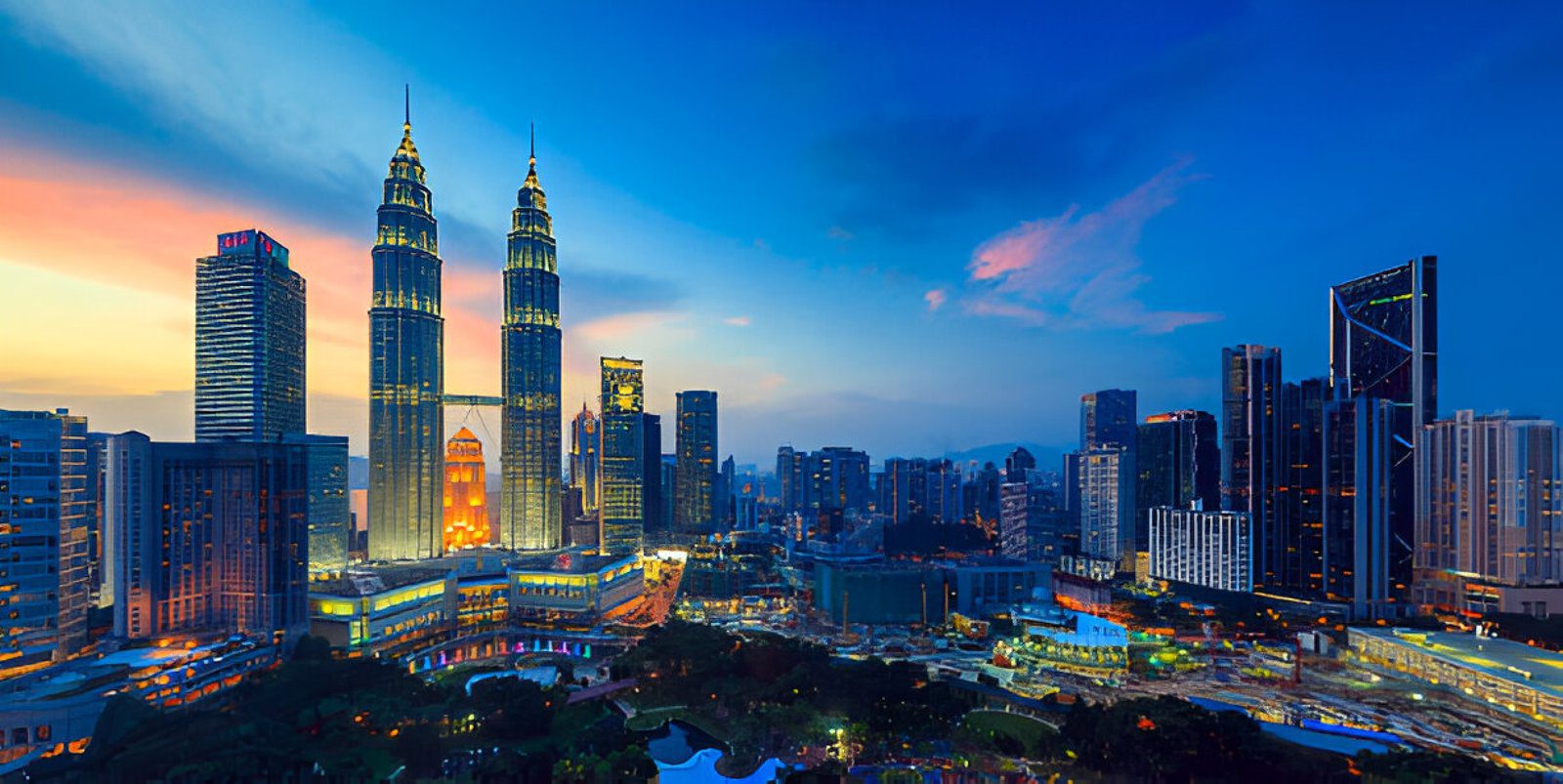
Malaysia has a wealth of cultural, historical and natural attractions. Here are some of the top places to visit in this fascinating country:
The capital city of Malaysia, Kuala Lumpur is a dynamic destination known for its iconic skyline and cultural diversity. Visit the Petronas Twin Towers, the tallest twin buildings in the world, and enjoy panoramic views of the city from the Skybridge
A UNESCO World Heritage Site, the historic city of Malacca is prominent for its rich history and well preserved colonial architecture. Back in the day, this city was a major trading link, influenced by the Portuguese, Dutch and British. Key attractions include the A Famosa Fort, St. Paul’s Church and the vibrant Jonker Street.
The island of Penang is famous for its cultural heritage, colonial architecture and diverse culture. The capital, George Town is a UNESCO World Heritage Site, where you can explore historic mansions, temples and the famous street art. Also visit Kek Lok Si Temple, one of the largest Buddhist temples in Southeast Asia.
An archipelago of 99 islands, Langkawi is famous for its white sandy beaches, clear running waters and lush rainforests. Pantai Cenang is the most popular beach and offers o[portunities for water sports, beachfront resorts and vibrant nightlife
Malaysia offers a diverse range of activities, from exploring cultural landmarks to relaxing in nature and adventurous thrills. Here are some top things to do during your visit:
Langkawi is known for its pristine beaches, making it the ideal place to unwind and enjoy the sun. Indulge in water sports, beachfront bars, restaurants and wind up when the comes down.
Penang is a food lover’s paradise, famous for its street food that reflects the diverse cultures. Sample some of the local favourites like Char Kway Teow, Asam Laksa and Nasi Kandar along with others for delicious getaway.
Just outside Kuala Lumpur, the Batu Caves are a limestone hill with a series of caves and historic temples. The main cave houses the Temple Cave, a major Hindu shrine dedicated to Lord Murugan.
Malaysia is home to many vibrant cultural festivals and wild celebrations. Hari Raya Aidilfitri, Chinese New Year, Thaipusam, and the Harvest Festival in Sabah are just a few of the many festivals held throughout the year. Participating in festivities is a great way to experience Malaysia’s rich heritage.
The best time to visit Malaysia is between December to March and October, when the weather is dry and ideal for trekking, diving and wildlife spotting.
The local currency is the Malaysian Ringgit (MYR). Credit cards are widely accepted in major cities, hotels, and restaurants
Malaysia has a well planned transportation system, which includes buses, trains and flights. Kuala Lumpur International Airport (KLIA) is the main gateway for international travellers. If you wish to explore islands and remote regions, ferries and domestic flights are convenient options.
City maps will help you explore the cultural and historical landmarks, shopping areas and restaurants.
For those visiting Langkawi or the Perhentian Islands, island maps will help you navigate the beaches, resorts and other adventure spots.
Whether you’re hiking through the lush rainforests of Borneo, relaxing on the pristine beaches of Langkawi or exploring the vibrant streets of Penang, Malaysia offers a rich blend of culture, nature and adventure. Its diverse traditions, stunning landscapes and sparkling cities make it one of Southeast Asia’s most fascinating destinations.
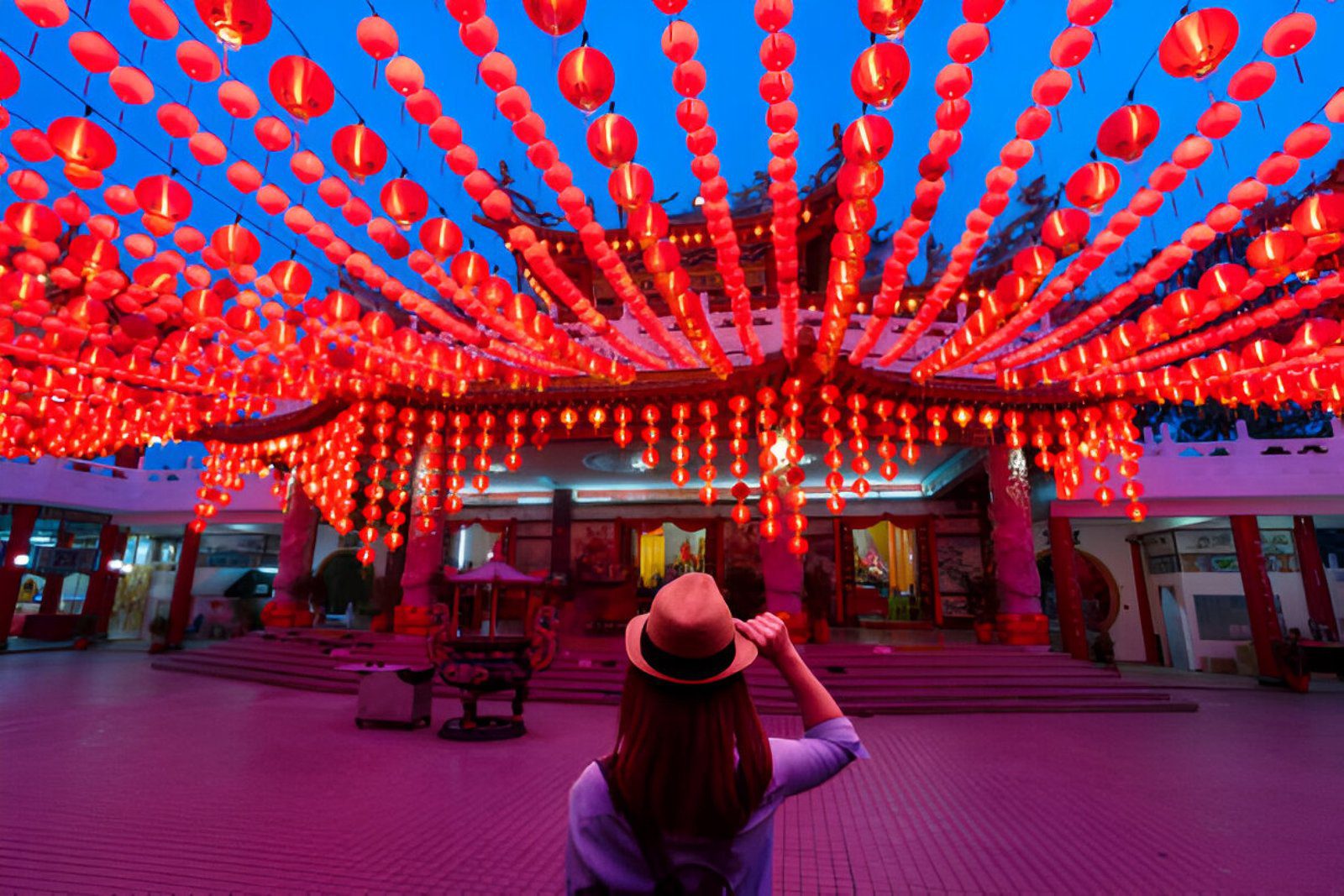

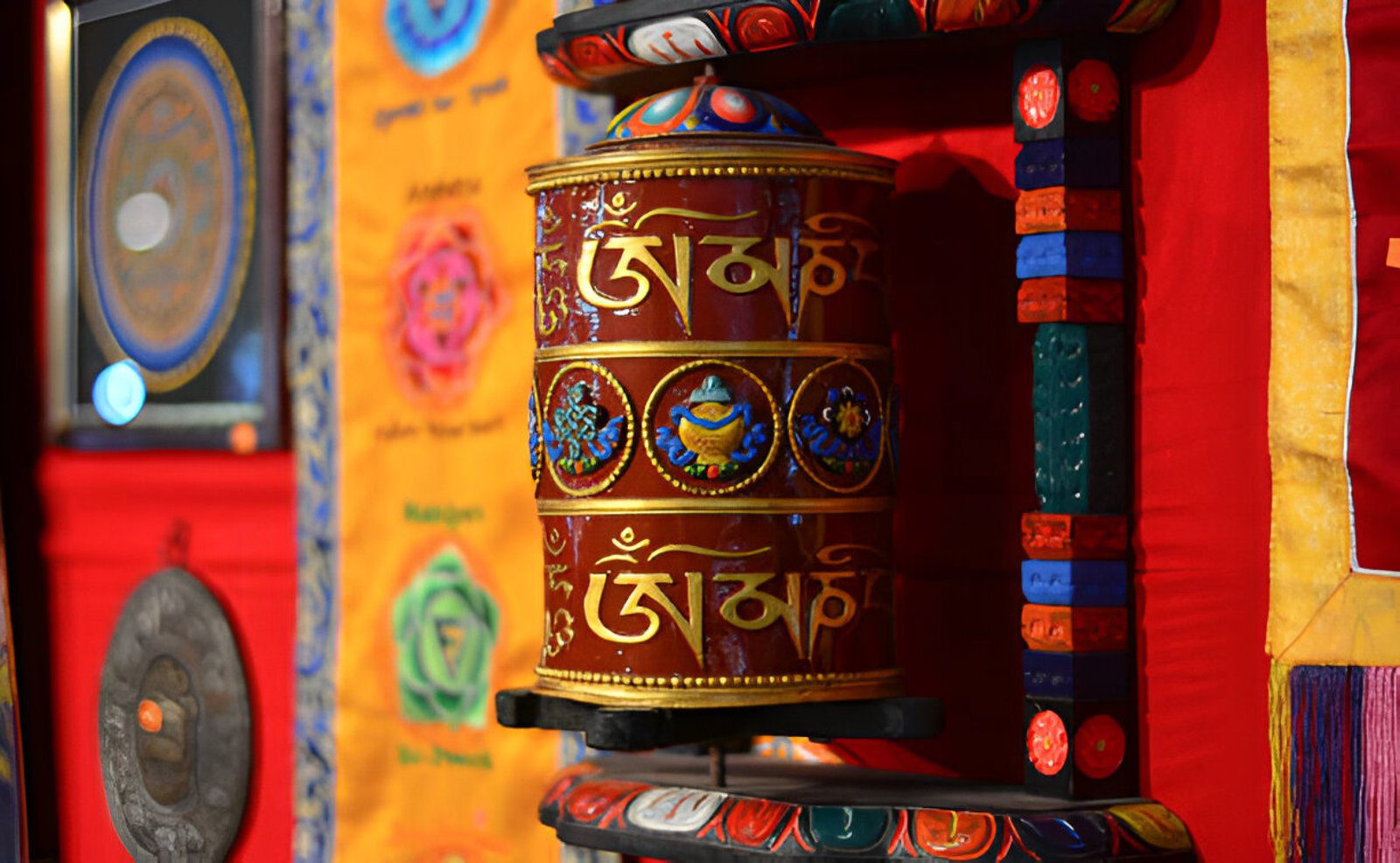
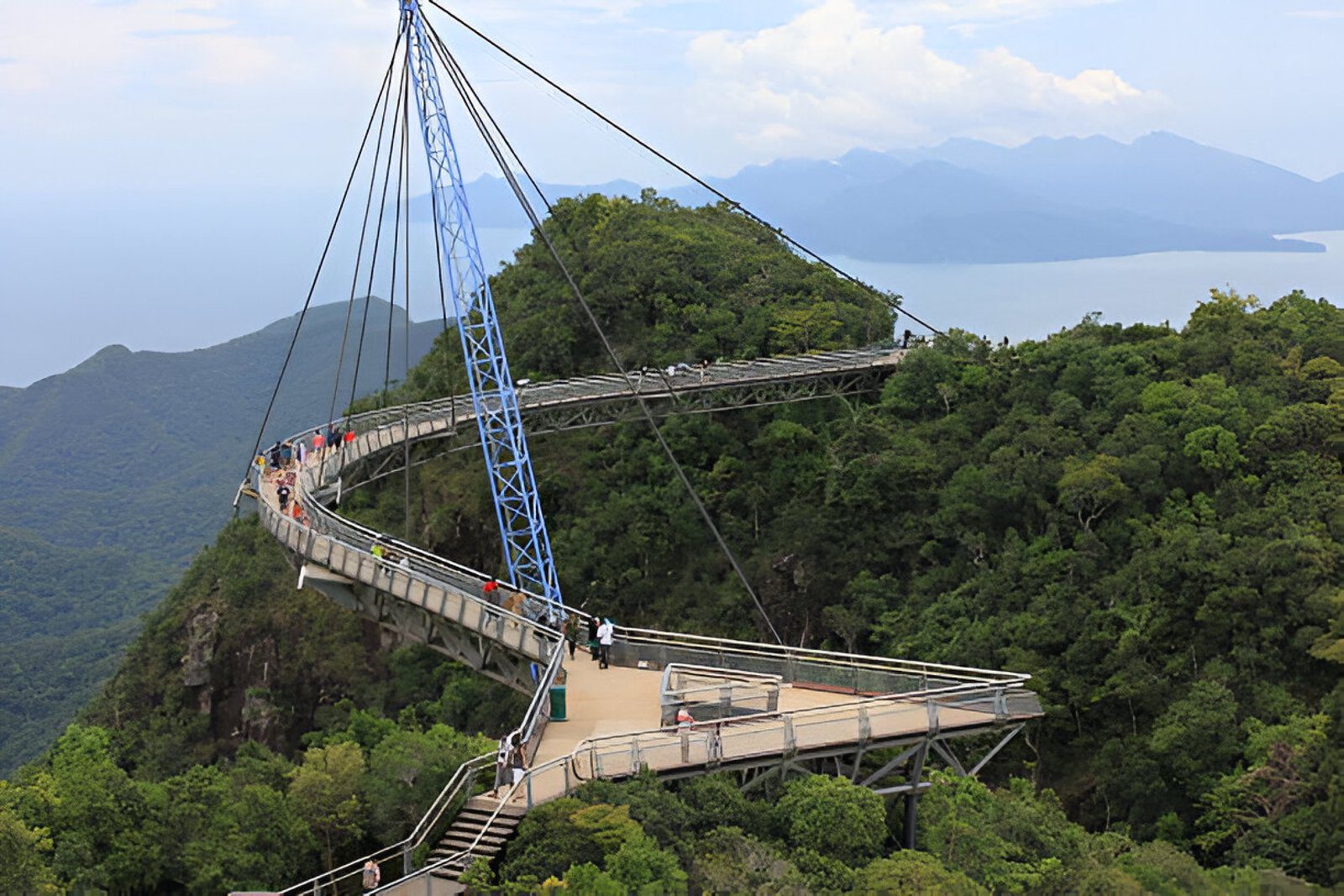
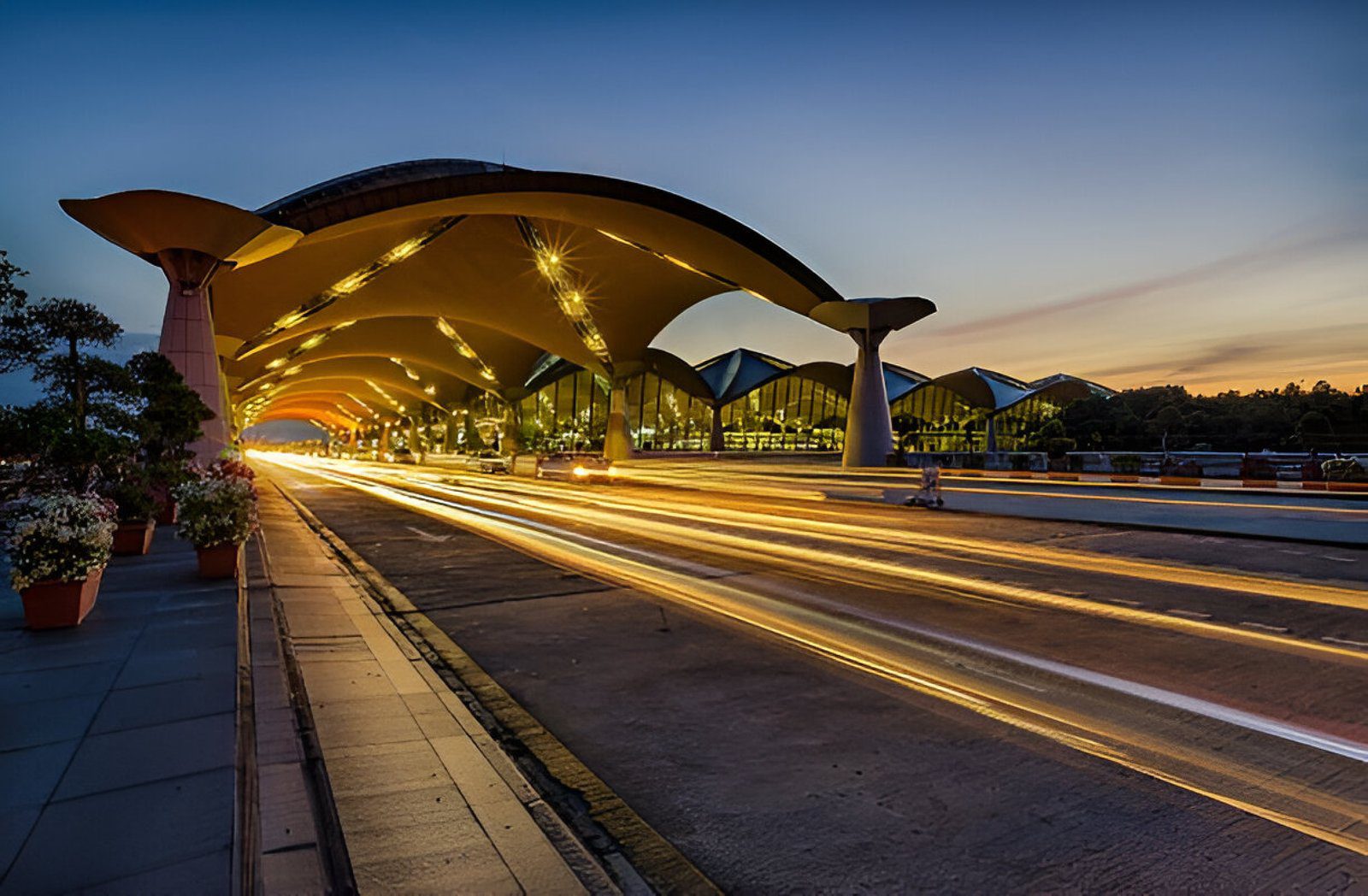


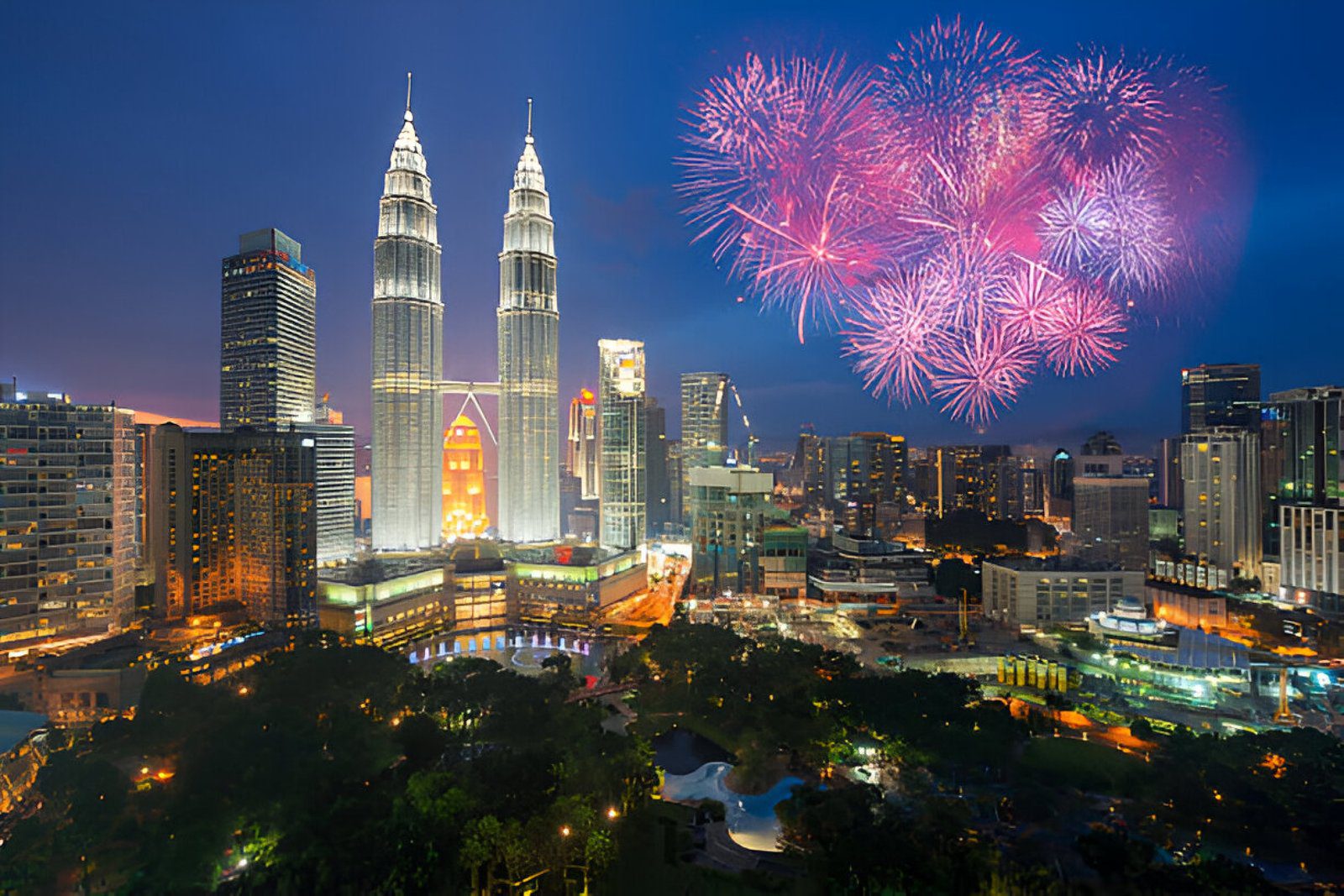

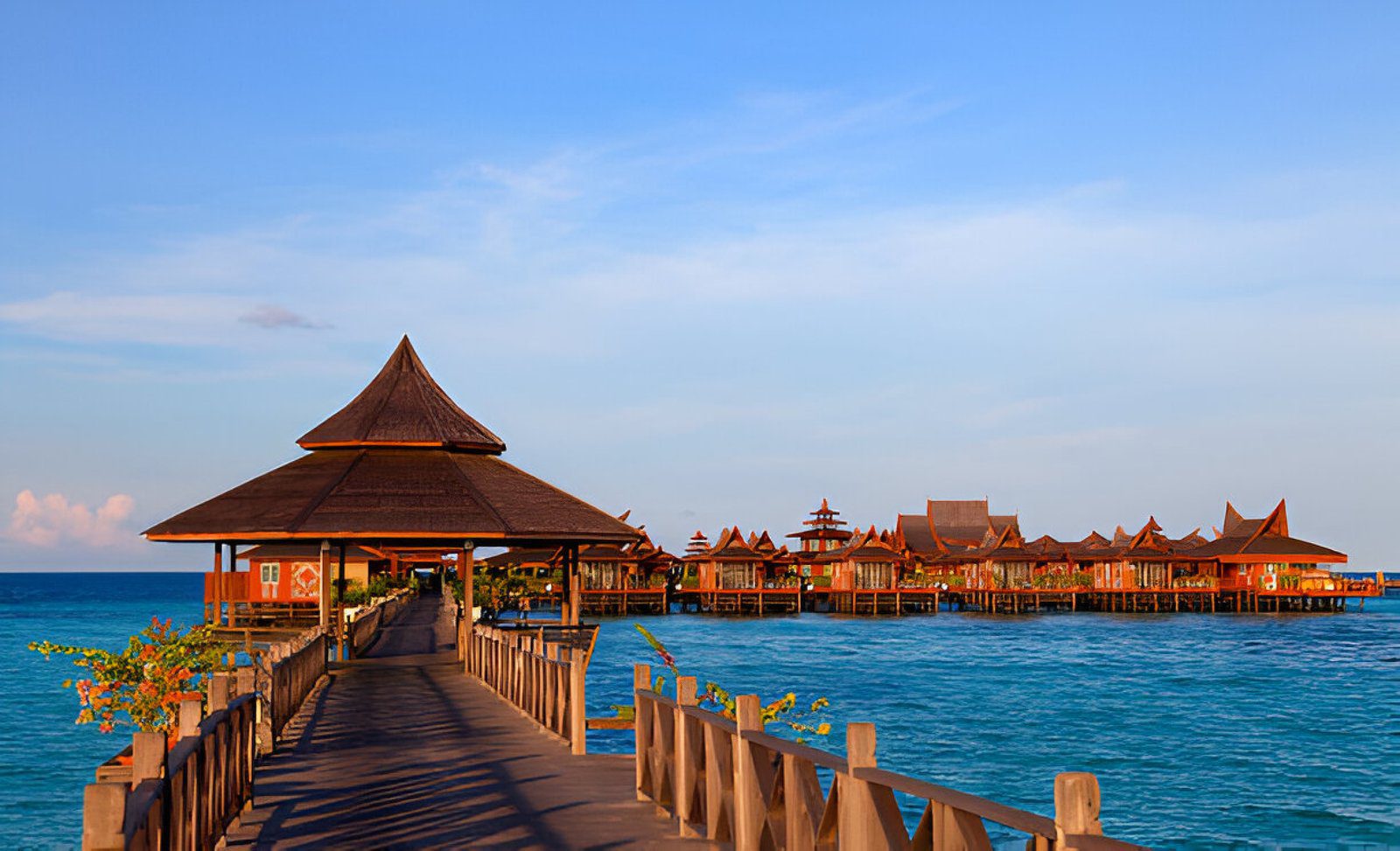
Have questions? we are here to help
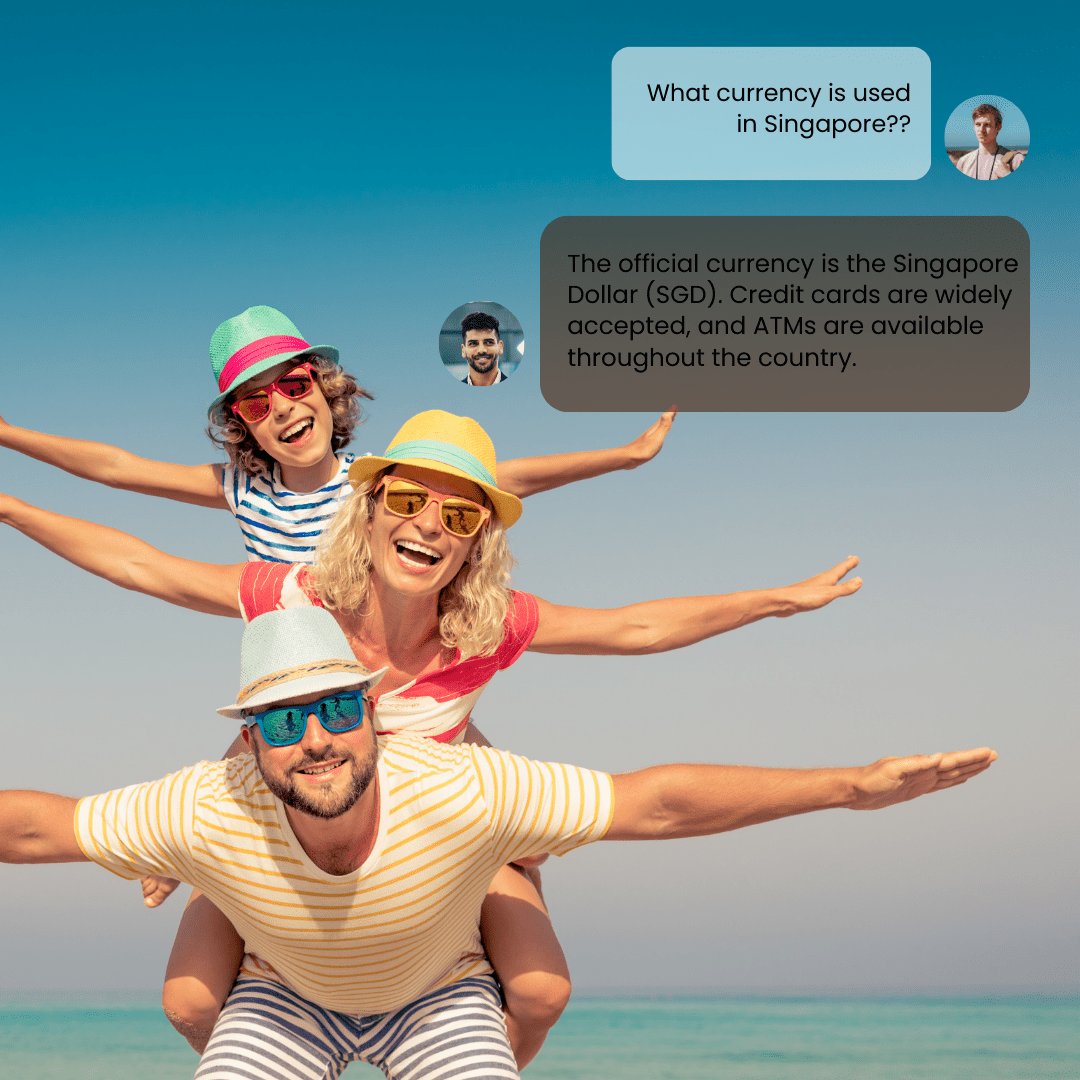
Yes, Indian citizens need a visa to visit Malaysia. Indian travelers can apply for an eVisa or an eNTRI (Electronic Travel Registration and Information), which is specifically designed for short tourist stays. The eNTRI is valid for a stay of up to 15 days, while the eVisa allows up to 30 days. Both can be easily applied for online, and approval typically takes 1-3 days.
The best time to visit Malaysia is generally between March and October, when the weather is drier and ideal for sightseeing. However, Malaysia’s climate varies across regions. The west coast (including Kuala Lumpur, Langkawi, and Penang) experiences less rain from November to April, while the east coast (including the Perhentian Islands and Tioman Island) is best visited from March to September.
Yes, several airlines operate direct flights from major Indian cities like Delhi, Mumbai, Chennai, Bangalore, and Kolkata to Kuala Lumpur. The flight duration is about 4-5 hours, making it a convenient destination. Airlines like AirAsia, Malaysia Airlines, and IndiGo frequently offer direct flights, with budget options and competitive fares often available.
Malaysia has a mix of cultural, natural, and modern attractions. Kuala Lumpur is a must-see, with iconic sites like the Petronas Twin Towers and Batu Caves. Langkawi offers beautiful beaches, while Penang is famous for its vibrant street art and delicious cuisine. The Cameron Highlands, Genting Highlands, and the rainforests of Borneo are also popular among Indian travelers for unique experiences and cooler climates.
The Malaysian Ringgit (MYR) is the official currency, and Indian Rupees (INR) are not accepted in Malaysia. It’s best to carry some MYR for local expenses, or you can exchange INR for MYR at currency exchange counters at airports, banks, or major shopping centers. Credit and debit cards are also widely accepted in cities and tourist areas.
There is much more to explore and experience in India than the usual tourist spots, the usual hill stations and the waterfall picture you seen a thousand times in magazines. There is an absolutely new and unexplored India waiting for you to come and discover.